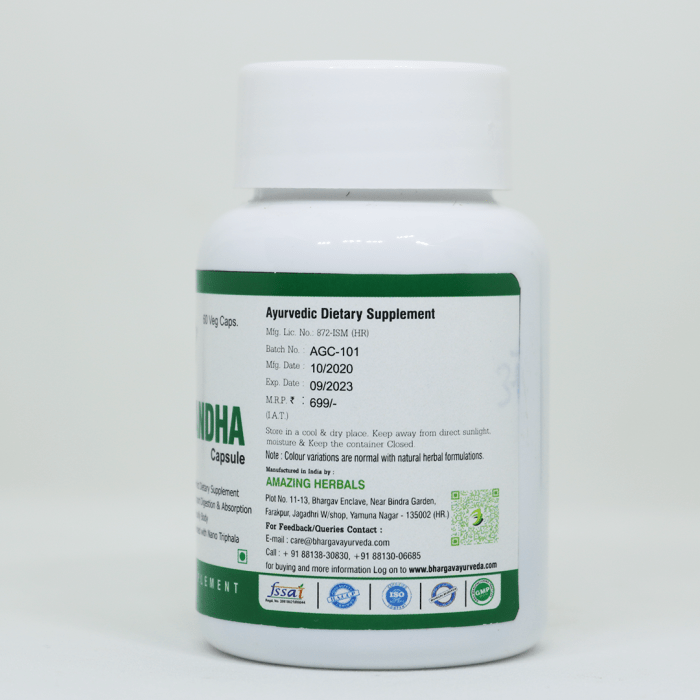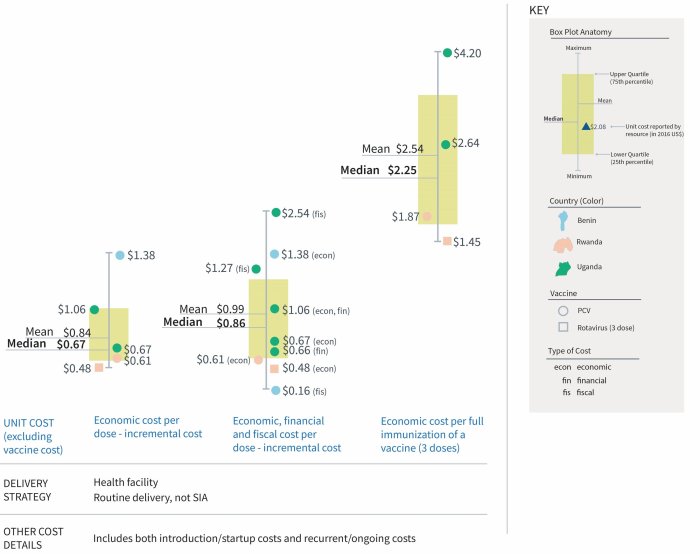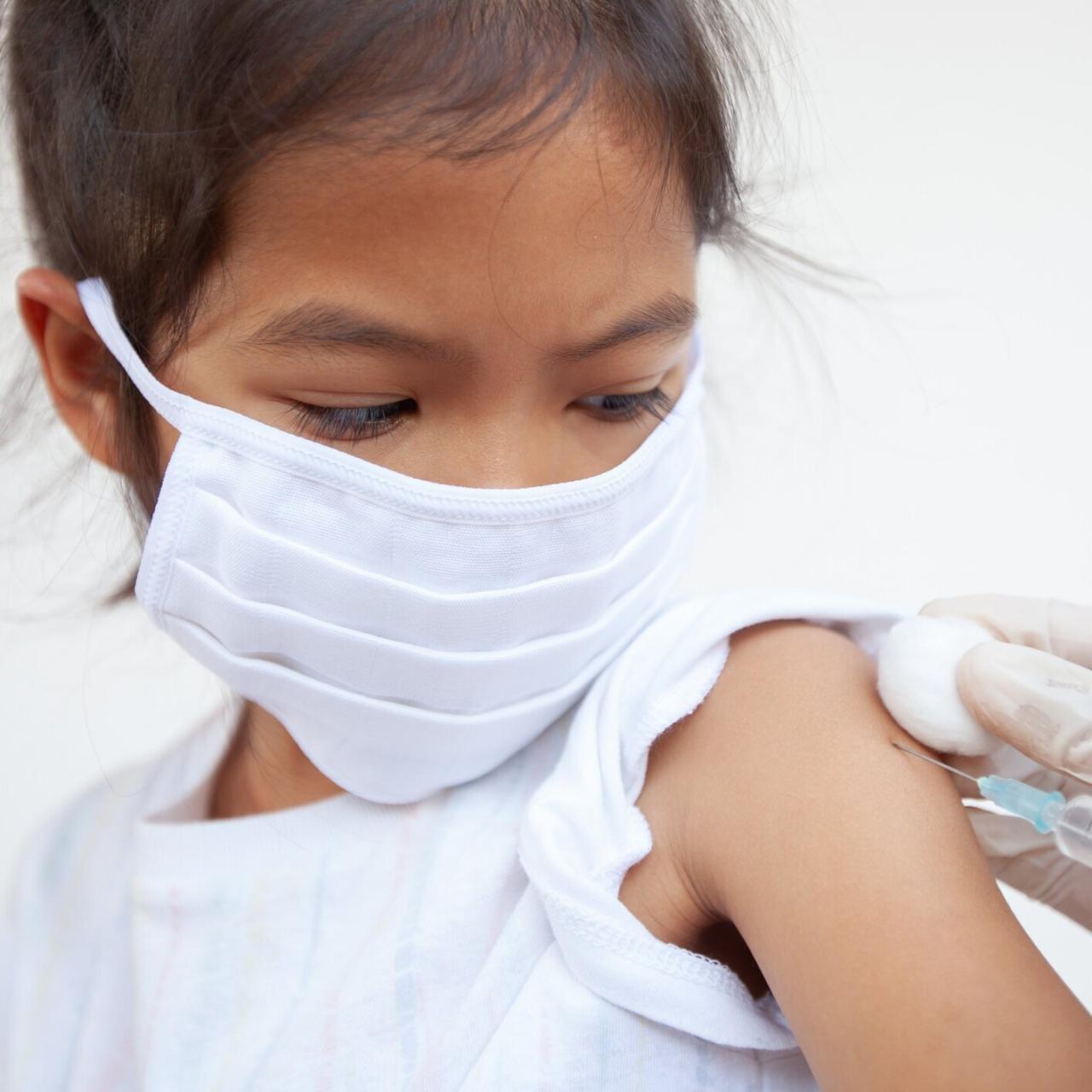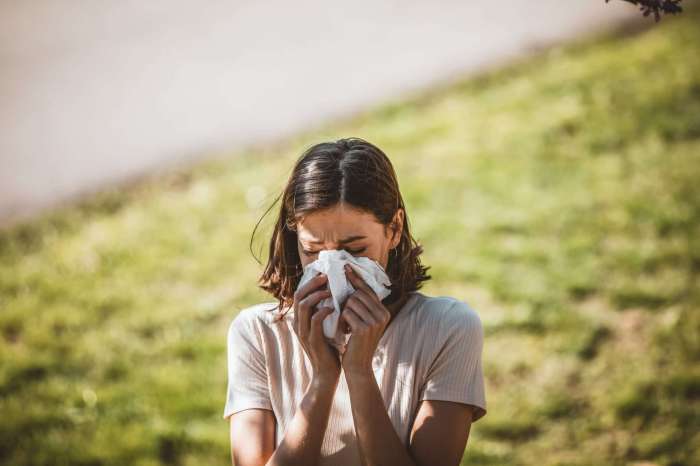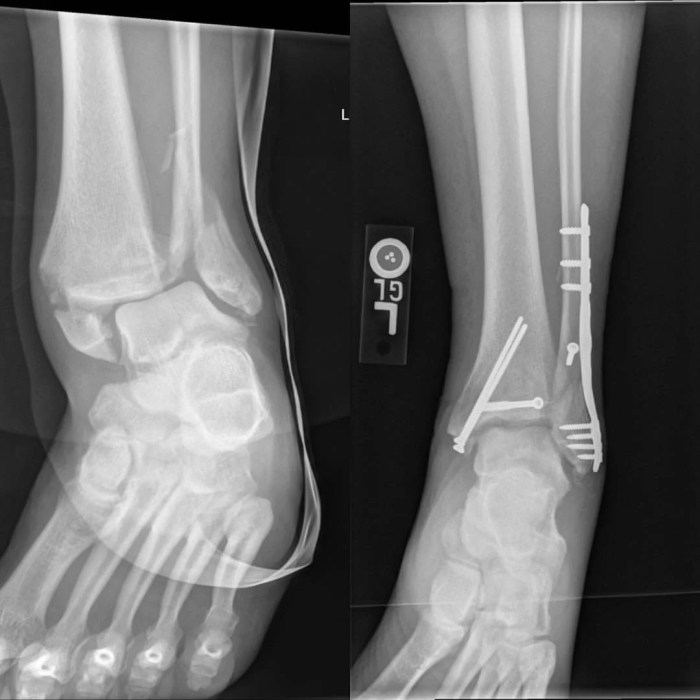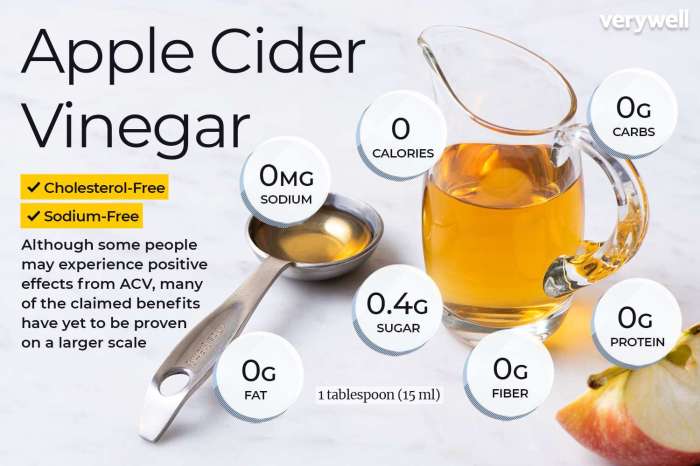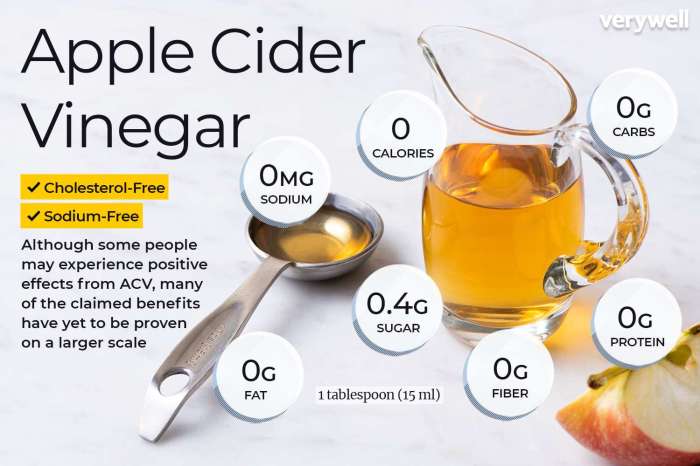Itchy scalp at night causes prevention and treatment is a common problem that can disrupt sleep and overall well-being. This detailed guide delves into the various factors contributing to nighttime scalp itchiness, from common dryness and dandruff to potential underlying medical conditions. We’ll explore practical prevention strategies and effective treatment options, ranging from home remedies to professional care, to help you find relief and maintain a healthy scalp.
Understanding the specific triggers and causes of your nighttime itch is key to finding a solution. Whether it’s environmental factors, stress levels, or an underlying medical condition, we’ll uncover the reasons behind this common discomfort. We’ll also equip you with the knowledge to prevent future episodes and implement effective treatments to regain a comfortable night’s sleep.
Understanding Itchy Scalp at Night
Itchy scalp, particularly at night, can be a frustrating and disruptive experience. While many factors contribute to this nighttime discomfort, understanding the underlying causes and the physiological reasons behind its nocturnal exacerbation is key to effective management. This section delves into the common triggers and the differences between various types of scalp itchiness, focusing on why these issues might be more prominent during sleep.The sensation of an itchy scalp often intensifies at night due to a combination of factors.
Firstly, reduced environmental moisture and air circulation during sleep can contribute to scalp dryness. Secondly, the body’s natural physiological processes during rest, such as reduced blood flow and oil production, can alter the scalp’s natural moisture balance. This can create an environment more conducive to itchiness. Finally, stress levels often decrease during the day and increase at night.
This change can sometimes manifest as increased itchiness.
Common Causes of Nocturnal Scalp Itch
Various factors can trigger an itchy scalp, some more prevalent at night than others. Dryness, dandruff, and fungal infections are among the most common culprits. Understanding the nuances of these conditions is essential to address the problem effectively.
Dealing with an itchy scalp at night can be seriously annoying, right? Stress, dry skin, or even certain hair products can be culprits. But did you know that sometimes, what you’re drinking could also play a role? For instance, if you’re a matcha lover, you might want to check out if matcha has caffeine, as it could potentially affect your scalp health.
does matcha have caffeine So, while you’re trying to pinpoint the cause of your nighttime scalp itch, make sure to consider your lifestyle choices and try some natural remedies like using a gentle shampoo and moisturizing your scalp. Ultimately, figuring out the root cause is key to finding the right prevention and treatment for your itchy scalp.
Dry Scalp and Nocturnal Itch
Dry scalp is a prevalent cause of scalp itchiness, often exacerbated at night. The reduced moisture in the air during sleep and the decreased sebum production contribute to this. This leads to a sensation of tightness and irritation, particularly pronounced in the nighttime hours. Dry scalp can manifest as flaky skin, which is often accompanied by intense itching.
Dealing with an itchy scalp at night can be seriously disruptive. Dryness, stress, or even certain products can be culprits. Sometimes, underlying conditions like psoriasis play a role. For example, if you suspect psoriasis might be contributing to your nightly scalp itch, exploring treatments like excimer laser for psoriasis excimer laser for psoriasis could be a helpful step.
Regardless of the cause, keeping your scalp moisturized and using gentle hair products can help manage the itch.
Dandruff and Nocturnal Itch
Dandruff, characterized by flaky skin and white or yellowish scales, is another frequent cause of itchy scalp. While dandruff can cause discomfort throughout the day, the nighttime environment can worsen symptoms. The combination of reduced moisture and a buildup of dead skin cells can contribute to an increase in itching, especially during sleep when scalp skin is more susceptible to dryness.
Fungal Infections and Nocturnal Itch
Fungal infections, such as seborrheic dermatitis, can also cause significant scalp itchiness, often intensified at night. These infections disrupt the scalp’s natural balance, leading to inflammation and irritation, making the scalp more sensitive to environmental factors and causing an increased urge to scratch. The warmth and moisture retention of the scalp at night can also exacerbate the condition.
Comparison Table of Itchy Scalp Causes
| Cause | Symptoms (Day) | Symptoms (Night) |
|---|---|---|
| Dry Scalp | Flaky, tight, and dry skin; mild to moderate itching; occasional flaking | Intense itching, especially at night; more pronounced flaking and dryness; scalp feels very tight |
| Dandruff | Flakes of white or yellowish scales; mild to moderate itching; occasional redness | Increased flaking; more intense itching; redness and irritation; scalp feels more sensitive |
| Fungal Infections (e.g., Seborrheic Dermatitis) | Redness, inflammation, greasy or flaky scales; itching and burning; possible scaling | Intensified itching, burning, and inflammation; possible increased redness; discomfort worsens as the night progresses |
| Allergic Reactions | Redness, inflammation, and swelling; itching and burning; possible rash | Increased itching and burning; potential for skin irritation and swelling; reactions may worsen at night |
| Psoriasis | Red, inflamed patches of skin; thick, silvery scales; intense itching; discomfort and pain | Increased itching and inflammation; pain and discomfort may worsen, especially at night; skin may feel drier |
Identifying Potential Triggers: Itchy Scalp At Night Causes Prevention And Treatment
Nocturnal scalp itching can be a frustrating and disruptive experience. Understanding the potential triggers behind this nighttime discomfort is crucial for developing effective strategies to manage and prevent it. Identifying these triggers allows for personalized solutions tailored to individual needs. This section explores common causes and how environmental and lifestyle factors can contribute to the problem.
Common Triggers of Nocturnal Scalp Itch
Numerous factors can exacerbate scalp itching, particularly at night. These triggers often involve interactions between the scalp’s environment, internal health, and external stressors. Understanding these triggers can help you identify patterns and address potential underlying issues.
- Environmental Factors: Temperature and humidity fluctuations can disrupt the scalp’s natural moisture balance. Sudden changes in temperature, such as from a hot shower to a cool bedroom, or high humidity can irritate the scalp, leading to itching, especially at night when the body is more susceptible to environmental changes. Similarly, dry air can strip the scalp of its natural oils, increasing dryness and itchiness.
- Stress and Sleep Quality: Stress is a powerful influence on overall health and well-being. Stress hormones can contribute to inflammation and dryness, potentially triggering or worsening nocturnal scalp itching. Poor sleep quality, including interrupted sleep patterns and insufficient sleep, can further exacerbate existing scalp conditions. Stress and lack of adequate sleep weaken the body’s natural defenses, making it more prone to irritation.
- Hair Care Products: Certain hair care products, such as shampoos, conditioners, and hair dyes, can contain ingredients that irritate the scalp. Harsh chemicals or fragrances can trigger allergic reactions or inflammations, resulting in itching, especially during sleep when the scalp is exposed to these products for an extended period.
- Underlying Medical Conditions: Certain medical conditions, like eczema, psoriasis, or fungal infections, can manifest as scalp itching. These conditions often worsen at night, contributing to nighttime discomfort. Consult a dermatologist for a proper diagnosis if you suspect an underlying medical condition.
Environmental Impact on Scalp Itch
Environmental factors significantly influence the scalp’s condition, particularly at night. The scalp’s sensitivity to these changes can vary based on individual factors, including genetics and pre-existing conditions. Changes in temperature and humidity are often linked to increased nocturnal itching.
- Temperature Fluctuations: A sudden shift in temperature, such as from a warm shower to a cool bedroom, can disrupt the scalp’s delicate balance. This can lead to dryness and itching, especially during sleep when the scalp is exposed to these temperature variations for extended periods.
- Humidity Levels: High humidity can trap moisture on the scalp, creating an environment conducive to fungal growth or exacerbating existing conditions. Conversely, low humidity can dry out the scalp, leading to dryness and itching. These humidity variations often play a significant role in nighttime itching episodes.
Impact of Stress and Sleep Quality on Scalp Itch
Stress and sleep quality are intertwined with scalp health. The body’s response to stress and sleep deprivation can negatively affect the scalp, leading to itching, particularly at night.
- Stress-Induced Inflammation: Chronic stress can trigger inflammation throughout the body, including the scalp. This inflammation can manifest as itching, dryness, and discomfort, especially during sleep when the body is more vulnerable to stress-related reactions.
- Sleep Deprivation: Lack of adequate sleep disrupts the body’s natural restorative processes, weakening its defenses against irritation and inflammation. This can contribute to increased scalp sensitivity and the worsening of existing conditions, often leading to increased nighttime itching.
Comparative Analysis of Triggers
| Trigger | Mechanism | Impact (Night) |
|---|---|---|
| Stress | Increased cortisol levels lead to inflammation and reduced scalp moisture. | Increased itching, exacerbated dryness, and heightened sensitivity to other triggers. |
| Dry Air | Reduced moisture leads to scalp dehydration. | Increased itching, flakiness, and discomfort. |
| High Humidity | Increased moisture can lead to fungal growth or worsen existing conditions. | Increased itching, potential for fungal infections. |
| Poor Sleep Quality | Disrupted restorative processes weaken scalp defenses. | Exacerbation of existing scalp conditions, heightened sensitivity to other triggers. |
| Harsh Hair Products | Irritating chemicals or fragrances can trigger allergic reactions or inflammation. | Increased itching, potential for allergic reactions. |
Potential Underlying Conditions
Nighttime itchy scalp can be a frustrating experience, often disrupting sleep. While many cases are due to simple factors like dry scalp or allergies, sometimes, a deeper medical condition might be the culprit. Understanding the potential underlying causes is crucial for effective treatment. This section will delve into various medical conditions, skin issues, and even hormonal influences that can contribute to this nighttime scalp discomfort.
Medical Conditions Linked to Itchy Scalp
Various medical conditions can manifest as an itchy scalp, especially at night. These conditions can range from common skin irritations to more complex systemic issues. Identifying the underlying cause is vital for targeted treatment.
- Seborrheic Dermatitis: This common inflammatory skin condition often affects the scalp, leading to greasy, flaky patches and intense itching, especially at night. Symptoms can also include redness and irritation.
- Psoriasis: Psoriasis, an autoimmune disorder, can cause itchy, inflamed skin patches on the scalp, often with silvery scales. The itching can be particularly pronounced at night, disrupting sleep.
- Contact Dermatitis: Contact with certain substances, like hair products, dyes, or metals, can trigger an allergic reaction and result in itchy scalp. This is often more noticeable during the day when contact is more frequent but can also occur at night if the allergen is present in bedding or clothing.
- Fungal Infections: Scalp ringworm, a fungal infection, presents with itchy patches, scaling, and sometimes hair loss. The itching is typically noticeable throughout the day and night.
- Lichen Planus: Lichen planus is a chronic inflammatory condition that can affect the scalp, causing itchy, inflamed patches. The itching is often intense, particularly at night, making sleep difficult.
Skin Conditions Contributing to Nighttime Itching
Several skin conditions can lead to itching, often exacerbated at night. Dryness, a common culprit, can be aggravated by environmental factors or certain skin care products.
- Dry Scalp: A common cause of itchy scalp, especially at night, is dry scalp. This can be triggered by harsh shampoos, low humidity, or aging. The lack of moisture leads to an uncomfortable sensation, amplified during the night when the scalp is less stimulated.
- Eczema (Atopic Dermatitis): This chronic skin condition can manifest as itchy, inflamed patches on the scalp. Itching can be severe, especially at night, often interfering with sleep.
- Folliculitis: Inflammation of hair follicles can lead to itchy scalp, redness, and sometimes pustules or bumps. The itching may be more noticeable at night, especially if scratching aggravates the condition.
Allergies and Sensitivities
Allergic reactions or sensitivities to various substances can trigger an itchy scalp. These substances can be present in hair products, shampoos, or even environmental factors.
- Hair Products: Certain hair products, like dyes, conditioners, or styling gels, can cause allergic reactions or sensitivities. These reactions often manifest as itching, particularly at night if the product is in contact with the scalp overnight.
- Environmental Factors: Exposure to allergens like pollen, dust mites, or pet dander can trigger allergic reactions. While these may not be solely responsible for night-time itching, they can exacerbate pre-existing scalp issues, leading to more intense itching.
- Medications: Some medications, including certain antibiotics or blood pressure drugs, can cause side effects like itchy scalp. A review of medications should be part of a comprehensive assessment.
Hormonal Fluctuations and Itchy Scalp
Hormonal fluctuations, particularly in women, can impact scalp health and lead to itching, especially at night. These shifts can occur during menstruation, pregnancy, or menopause.
- Menstrual Cycle: Hormonal shifts during the menstrual cycle can affect scalp oil production and skin sensitivity. This can lead to dryness or increased oiliness, both of which can contribute to nighttime itching.
- Pregnancy: Hormonal changes during pregnancy can cause a range of skin changes, including increased itching. This can be particularly noticeable on the scalp, sometimes due to hormonal influences on oil production.
- Menopause: Menopausal hormonal shifts can result in decreased oil production and drier skin, leading to increased scalp itching, especially at night.
Summary Table of Potential Medical Causes
| Medical Condition | Symptoms (Day) | Symptoms (Night) |
|---|---|---|
| Seborrheic Dermatitis | Greasy, flaky scalp; redness; mild to moderate itching | Intense itching, sleep disruption; worsened flaking |
| Psoriasis | Red, inflamed patches; silvery scales; moderate to severe itching | Severe itching, disrupting sleep; exacerbation of symptoms |
| Contact Dermatitis | Itching, redness, rash at the site of contact; burning sensation | Continued itching and discomfort; worsening if contact persists |
| Fungal Infections | Itchy patches; scaling; hair loss (sometimes); redness | Itching can be persistent and disrupt sleep; may worsen in humid conditions |
| Lichen Planus | Itchy, inflamed patches on scalp; possible burning sensation | Intense itching, impacting sleep quality; potential for worsening at night |
| Dry Scalp | Scalp feels tight, dry; mild to moderate itching; flakes | Intense itching, especially during the night when moisture levels are lower |
| Eczema (Atopic Dermatitis) | Dry, red, itchy patches; skin may crack or weep; inflamed | Intense itching, often severe enough to disrupt sleep |
| Folliculitis | Redness; bumps or pustules; hair follicle inflammation | Itching can be more noticeable at night; scratching can worsen symptoms |
Prevention Strategies
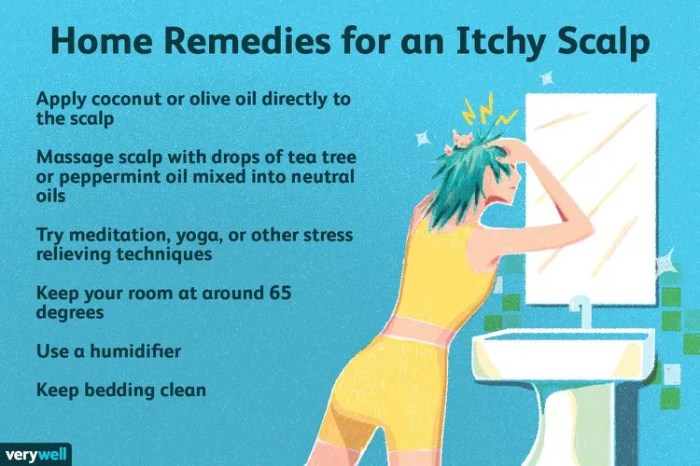
Itchy scalp at night can be a frustrating and disruptive experience. Fortunately, many strategies can help prevent these nighttime scalp irritations. Understanding the triggers and adopting proactive measures can significantly reduce the likelihood of an itchy scalp, improving your sleep quality and overall well-being.Effective prevention involves a multi-pronged approach focusing on maintaining a healthy scalp environment, managing potential triggers, and adopting healthy lifestyle choices.
By taking control of these factors, you can significantly reduce the occurrence of itchy scalp and enjoy more restful nights.
Dealing with an itchy scalp at night can be frustrating, especially for little ones. Finding the right treatment often involves figuring out the root cause. Sometimes, a gentle approach like kid friendly wet wraps for eczema kid friendly wet wraps for eczema can be surprisingly effective. These wraps can help soothe irritated skin, and can be adapted for different parts of the body, including the scalp.
This can be a good way to address both eczema and itchy scalp issues, making it a worthwhile option to consider.
Maintaining a Healthy Scalp Environment
A healthy scalp is crucial for preventing itchy scalp. This involves regular, gentle scalp care routines. Using harsh shampoos or excessive heat styling can irritate the scalp, leading to dryness and itchiness. Opt for a gentle, moisturizing shampoo and conditioner specifically formulated for sensitive scalps. Avoid using excessive heat when styling hair.
Also, be mindful of the water temperature during washing. Hot water can strip the scalp of its natural oils, contributing to dryness and itchiness.
Avoiding Scratching
Scratching an itchy scalp can exacerbate the problem. The act of scratching can lead to further irritation, inflammation, and potential skin damage. While the urge to scratch may be strong, resisting this urge is crucial for preventing the cycle of itch-scratch-itch. Instead of scratching, try applying a cool compress or a soothing scalp treatment to alleviate the itch.
Lifestyle Changes to Minimize Triggers
Certain lifestyle choices can contribute to an itchy scalp. Stress and lack of sleep can weaken the immune system, making the scalp more susceptible to irritation. Therefore, incorporating stress-reducing techniques and prioritizing adequate sleep can be beneficial. Diet also plays a role. A diet lacking in essential nutrients can negatively impact scalp health.
Ensure your diet includes foods rich in vitamins and minerals to support overall health, including scalp health. Consider consulting a dermatologist or nutritionist to determine any dietary deficiencies.
Managing Stress and Improving Sleep Quality
Stress and inadequate sleep can worsen existing scalp conditions or trigger new ones. Stress can disrupt the body’s natural processes, potentially leading to inflammation and dryness of the scalp. Regular stress-management techniques, such as exercise, meditation, or deep breathing exercises, can help reduce stress levels. Prioritizing adequate sleep is equally important. A consistent sleep schedule, creating a relaxing bedtime routine, and ensuring a conducive sleep environment can significantly improve sleep quality.
Practical Preventative Measures
- Maintaining a consistent sleep schedule: A regular sleep schedule helps regulate the body’s natural rhythms, potentially reducing stress and promoting overall well-being. This, in turn, can positively influence scalp health.
- Avoiding scratching: The act of scratching can worsen existing irritation, leading to a cycle of itch and scratching. Applying a cool compress or a soothing scalp treatment can provide relief without causing further damage.
- Using a humidifier: Dry air can exacerbate scalp dryness and itchiness. Using a humidifier in your bedroom can add moisture to the air, promoting a healthier scalp environment.
Treatment Options
Itchy scalp at night can be incredibly disruptive to sleep and overall well-being. Fortunately, various treatment options are available, ranging from simple home remedies to professional medical interventions. Understanding the cause of the itch is crucial for choosing the most effective approach. This section explores different treatment strategies, from over-the-counter remedies to prescription medications, and emphasizes the importance of consulting a dermatologist for accurate diagnosis and personalized treatment plans.Effective treatment for an itchy scalp hinges on identifying the underlying cause.
A dermatologist can pinpoint the specific trigger, whether it’s a fungal infection, allergy, or another condition. This personalized approach ensures the most effective treatment plan, maximizing chances of relief and preventing future occurrences. Trial and error might be necessary to find the perfect solution, but patience and persistence are key to achieving lasting relief.
Over-the-Counter Treatments
Over-the-counter (OTC) treatments are often the first line of defense against itchy scalp. These options typically target common causes like dandruff and dryness. Effective OTC anti-dandruff shampoos containing ingredients like selenium sulfide, zinc pyrithione, or ketoconazole can help control fungal overgrowth and reduce inflammation. These shampoos are generally safe for most people, but some may experience mild side effects like skin irritation or dryness.
Prescription Medications
In cases of severe or persistent itching, prescription medications may be necessary. These treatments can target specific underlying conditions or provide stronger anti-inflammatory effects than OTC options. For example, topical corticosteroids can reduce inflammation rapidly, while antifungal medications are crucial for treating fungal infections. Prescription medications are typically prescribed by a dermatologist based on a thorough diagnosis.
They should be used only as directed by a healthcare professional to avoid potential side effects and ensure their effectiveness.
Home Remedies, Itchy scalp at night causes prevention and treatment
Several home remedies can provide temporary relief from mild itching. These remedies often involve using natural ingredients known for their soothing and moisturizing properties. For example, applying a cool compress or using a mixture of aloe vera gel and coconut oil can help soothe the scalp and reduce inflammation. These remedies can be particularly helpful as part of a broader treatment strategy.
Always test any new home remedy on a small area of skin first to check for any allergic reactions.
Importance of Consulting a Dermatologist
A dermatologist possesses the expertise to accurately diagnose the cause of itchy scalp, which is crucial for effective treatment. They can identify underlying conditions such as psoriasis, eczema, or seborrheic dermatitis, which require specific treatment approaches. A dermatologist can also determine if the itching is a symptom of a more serious medical issue. They can guide you through a proper diagnosis and prescribe the most appropriate treatment plan.
A professional evaluation is essential to ensure effective and targeted treatment.
Treatment Approaches Table
| Treatment | Mechanism | Potential Side Effects |
|---|---|---|
| OTC Anti-dandruff Shampoo | Reduces fungal overgrowth, controls inflammation, and exfoliates dead skin cells. | Mild skin irritation, dryness, allergic reactions (less common). |
| Prescription Topical Corticosteroids | Reduces inflammation by suppressing the immune response. | Skin thinning, striae (stretch marks), skin atrophy, and potential systemic effects with prolonged use. |
| Prescription Antifungal Medications | Treats fungal infections that can cause itching. | Skin irritation, allergic reactions, and potential interactions with other medications. |
| Home Remedies (e.g., Aloe Vera, Cool Compress) | Soothe the scalp and reduce inflammation. | Generally safe, but may not be effective for severe cases or underlying conditions. Potential allergic reactions to certain ingredients. |
Illustrative Examples

Nighttime scalp itch can stem from a variety of factors, making diagnosis and treatment crucial. Understanding the specific cause often leads to more effective solutions. This section provides examples to illustrate common scenarios and highlight the importance of accurate diagnosis.
A Common Cause: Seborrheic Dermatitis
Seborrheic dermatitis is a common inflammatory skin condition affecting the scalp. It often manifests as a flaky, itchy scalp, particularly noticeable at night. This itchiness is frequently aggravated by warmth and friction, which are more prevalent during sleep. A person experiencing this might notice yellowish, greasy scales on their scalp.Treatment for seborrheic dermatitis typically involves antifungal shampoos, which help to reduce inflammation and the associated itch.
Over-the-counter (OTC) remedies often prove sufficient. In cases where OTC options are insufficient, a dermatologist might recommend stronger topical medications or oral antifungals. For instance, ketoconazole shampoo is a widely used OTC treatment. Applying the shampoo directly to the scalp, massaging gently, and rinsing thoroughly can help manage the condition.
A Patient Case Study
A 28-year-old female presented with a persistent itchy scalp, especially at night. The itching was described as intense, burning, and accompanied by flaky, yellowish scales on the scalp. The patient reported no recent changes in hair care products or environmental exposures. A physical examination revealed the characteristic symptoms of seborrheic dermatitis.The diagnosis was confirmed through a thorough examination and the patient’s detailed history.
The treatment plan included using a ketoconazole shampoo twice a week, followed by a gentle moisturizing conditioner. The patient was advised to avoid harsh shampoos and excessive heat styling.
Impact of Treatments on Nocturnal Itch Reduction
The patient reported a noticeable reduction in the intensity and frequency of nighttime itching within the first week of treatment. The ketoconazole shampoo effectively controlled the inflammation and scaling. The moisturizing conditioner helped to soothe the irritated scalp.
| Symptom | Diagnosis | Treatment | Outcome |
|---|---|---|---|
| Persistent itchy scalp, especially at night; flaky, yellowish scales | Seborrheic Dermatitis | Ketoconazole shampoo twice weekly, gentle moisturizing conditioner | Significant reduction in nighttime itching and scaling within a week. |
Final Conclusion
In conclusion, an itchy scalp at night can stem from a variety of causes, from simple dryness to more complex medical conditions. By understanding the potential triggers, underlying issues, and available prevention and treatment strategies, you can take proactive steps to alleviate discomfort and enjoy restful nights. Remember, consulting a dermatologist is crucial for a proper diagnosis and personalized treatment plan if the issue persists.
This guide provides a comprehensive overview, but professional medical advice is always essential for accurate diagnosis and effective solutions.





